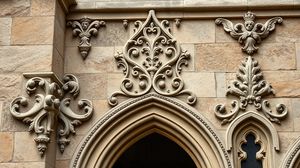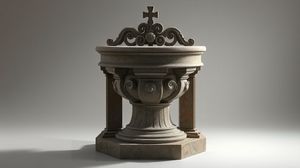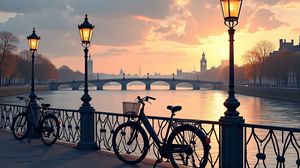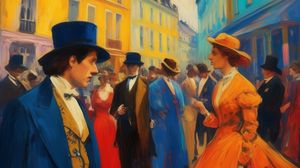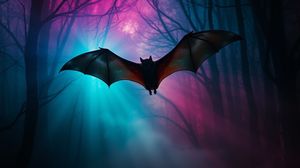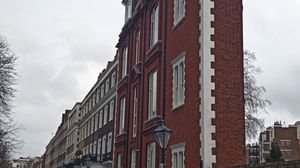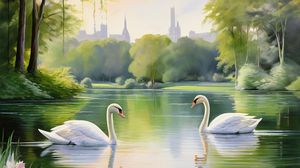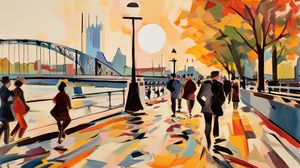
Battersea Bridge is a notable link across the River Thames, connecting the artistic area of Chelsea with the lively district of Battersea. Designed by pedestrian and vehicle use, it provides a scenic crossing between two vibrant parts of South West London.
The current structure of Battersea Bridge is a remarkable example of 19th-century engineering, designed by the architect Joseph Bazalgette and opened in 1890. It's the only remaining wooden bridge that serves central London, blending historical significance with modern utility.
The bridge is known for its narrow carriageways and picturesque views, making it a popular spot for photographers and those wanting a tranquil place to watch rowing boats and leisure crafts pass by on the Thames.
Uniquely, the previous version of the bridge was once a toll bridge before the current structure was commissioned. This older incarnation struggled financially due to its location away from key commercial routes, leading to its wooden planning and eventual replacement.
Battersea Bridge gained artistic fame through its depiction by the French impressionist painter James McNeill Whistler, adding a layer of cultural heritage to its structure. These paintings highlight the bridge's aesthetic allure during the changing light of dusk and dawn.
Owing to its narrow lanes and lack of true pedestrian separation, the bridge has earned a place in local lore as being one of London's most accident-prone. Despite this, it remains an essential passage for residents and visitors exploring the charm of its vicinity.
The bridge has featured in several films and television series, doubling as an atmospheric backdrop that represents both historic and contemporary London life. Its cinematic appearances further enhance its mystique and allure for visitors.

Making the Most of Your Visit:
Pause near the center of the bridge to get stunning views of both sides of the Thames. At sunset, the view towards Chelsea looks particularly poetic, especially if you are a fan of James McNeill Whistler, who famously painted this scene.
If you're into photography or enjoy capturing the perfect shot for social media, consider visiting at dawn or dusk. The soft lighting reflects Whistler's renowned artistic impressions and gives a magical glow to your photos.
The bridge is notoriously narrow, so if you're on foot, keep to the edges to avoid the busy traffic. It can get quite congested, so staying alert will make your crossing more pleasant and safe.
Take a moment to enjoy the river traffic: rowing boats, leisure crafts, and the occasional paddleboarder. It adds a charming dynamic to the serene waters of the Thames.
If you're a fan of film or TV, you might recognize Battersea Bridge from various appearances. A walk across the bridge is like stepping through frames of cinematic London. See if you can spot the iconic scenes!

Visiting Times & Costs:
Battersea Bridge, spanning the River Thames between Chelsea and Battersea, is open to the public 24 hours a day, seven days a week. There is no charge to cross the bridge on foot or by vehicle.
Accessibility may be an issue as the bridge is narrow, with limited separation between pedestrian walkways and vehicular traffic. Those with mobility impairments may find crossing less comfortable, and caution is advised due to potential congestion.

Address & Map:

Nearby:
